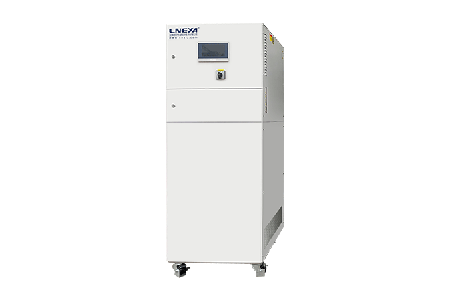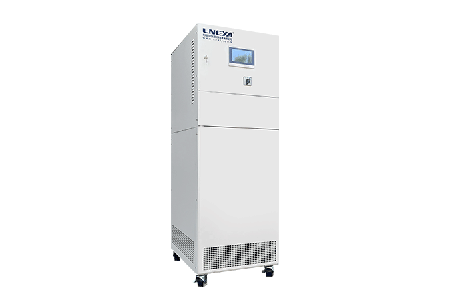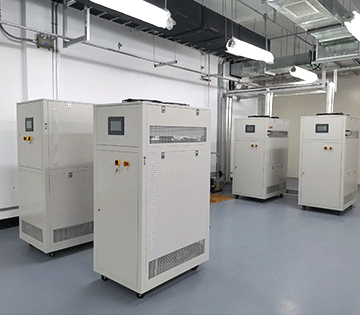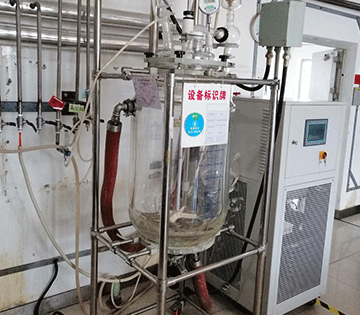TODOS los modelos de enfriadoras de recirculación

LT 10℃~30℃
máquina enfriadora
potencia frigorífica 3kW~14kW
Caudal de la bomba de circulación 30L/min 1,6bar~50L/min 2bar

LT -25℃~30℃
circuladores de refrigeración
potencia frigorífica 1kW~5kW
caudal de la bomba de circulación 30L/min 1,6bar
temperature accuracy ±0.5℃

LT -45℃~30℃
refrigeradores de precisión
potencia frigorífica 0,7 kW~4,8 kW
caudal de la bomba de circulación 30L/min 1,6bar
temperature accuracy ±0.5℃

LT -60℃~-30℃
circuladores refrigerados
potencia frigorífica 0,7 kW~4,8 kW
caudal de la bomba de circulación 30L/min 1,6bar
temperature accuracy ±0.5℃

LT -80℃~-40℃
enfriadoras de circuito cerrado
potencia frigorífica 0,4 kW~2,5 kW
caudal de la bomba de circulación 30L/min 1,6bar
temperature accuracy ±0.5℃

LT-800 -18~30℃
mini refrigerador
potencia frigorífica 0,35 kW~0,9 kW
caudal de la bomba de circulación 10L/min 0,6bar
 LNEYA Enfriadoras industriales Fabricante Proveedor
LNEYA Enfriadoras industriales Fabricante Proveedor































